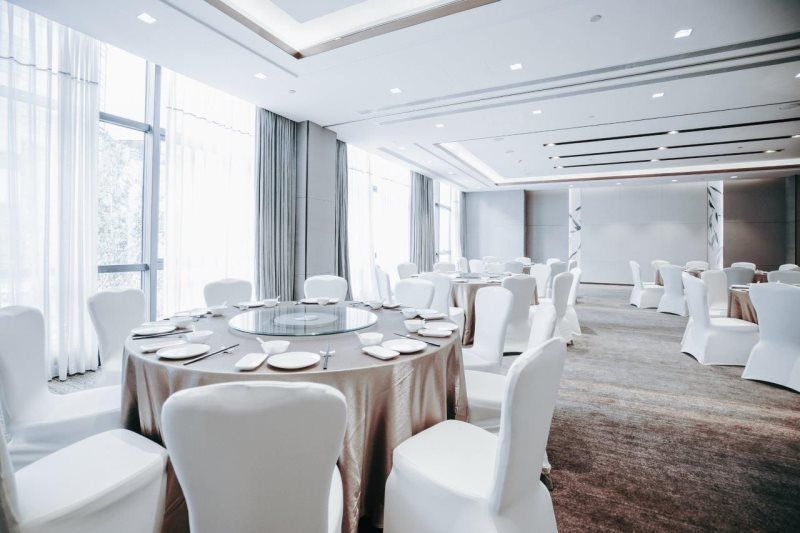Ifr And Fr Specifications
1. WHY FLAME RETARDANT FABRICS ARE IMPORTANT TO USE:
Flame retardant fabrics are crucial to stopping or slowing down the spread of fire. They prevent the fabric from taking a flame by:
lncreasing the threshold required to start a fire
Reducing the spread of fire
Delaying flash-over, which increases the amount of time people have to escape, saving lives
2. BE SURE THAT IT FOLLOWS NATIONAL FIRE PROTECTION AGENCY (NFPA) STANDARDS:
NFPA 701 is the national standard under which drapery fabric is tested in order for it to be considered "flame retardant" for use in public places.
3. CHECK FOR STATE CERTIFICATION STANDARDS:
ln addition to requiring that draperies used in public places meet the NFPA 701 standards, certain states have developed their own standards as well.
New York City: Requires compliance with standards outlined in the New York Administrative Code
Boston: Requires end-users to submit applications for use permits for fabrics used in public places
California: Requires registration with the state Fire Marshall and compliance with Title 19 requirements of California Code of Regulations
4. DETERMINE IF THE FABRIC IS LNHERENTLY FLAME RESISTANT (LFR) OR TREATED FLAME RETARDANT (FR):
There are several types of Flame Retardant Fabrics:
lnherently Flame Resistant (lFR) fabric is from woven or knitted yarns that are resistant to fire. Since this type of resistance is "inherent" in the fibers, it does not wash out or diminish over the lifetime of the fabric.
Flame Retardant (FR) fabric has been chemically treated with compounds to delay the production of flames in order to prevent the spread of fire.
Depending on many factors, the FR capabilities of the fabric may wear off over time. Subjecting the fabric to water will wash out the FR components.
Durable Flame Retardant (DFR), or Permanent Flame Retardant (PFR) fabric has been treated by compounds added in a dye bath such that they are permanent and will not wash out.
5. MAINTENANCE LNSTRUCTIONS:
Make sure to brush the drapes or stage curtains regularly to remove any dust that may have accumulated. Dust build-up on the surface of a fabric can feed the flame of a fire.
Additionally, notice if the fabric has any holes or tears and make sure to repair them to prevent any further damage.
6. CLEANING INSTRUCTIONS:
Since FR fabrics are treated with a compound that provides its fire retardant properties, it can come out with heavy cleaning. Typically, professional dry cleaning will not remove FR properties. Be sure to consult professionals knowledgeable in flame retardancy for any cleaning of your stage curtains and draperies.





